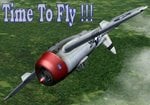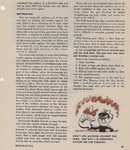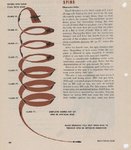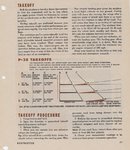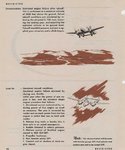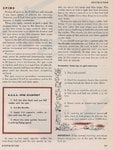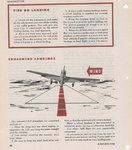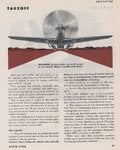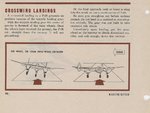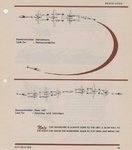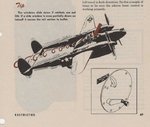gaussianum
Airman
- 70
- Feb 12, 2006
I've seen all kinds of statistics for aircraft, but I've never seen the differing incidence angles for each wing. They are necessary to counter engine torque rolling effects, as I understand it. They are probably small, which would explain why they are seldom mentioned.
Does anyone have this information, for the wuergers and the Messerschmitts?
Best Regards
Does anyone have this information, for the wuergers and the Messerschmitts?
Best Regards


